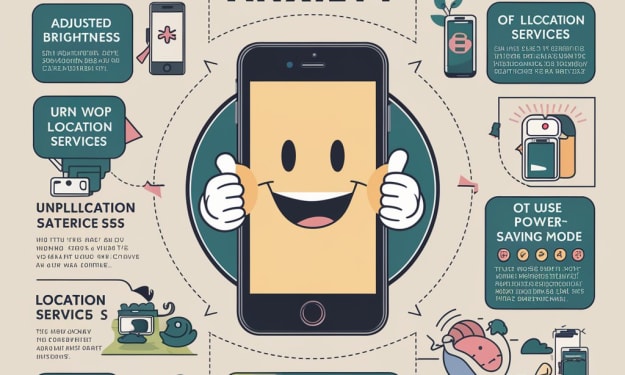
WHAT IS IoT?
- IoT stands for the Internet of Things. It refers to a network of physical objects, devices, and machines that are connected to the internet and can communicate with each other to perform various tasks. These objects and devices can include anything from smartphones and wearable devices to home appliances, vehicles, and industrial equipment.
- The IoT operates by using sensors, actuators, and other embedded devices to collect data from the physical world and transmit it over the internet to other devices or systems. This data can be analyzed and processed in real-time, enabling automated decision-making and control.
- The potential applications of IoT are vast and varied, ranging from smart homes and cities to industrial automation and healthcare. With the increasing availability of low-cost sensors and devices, as well as advances in data analytics and machine learning, the IoT is poised to revolutionize the way we live and work, creating a more connected and efficient world.
HOW IT WORKS?

USAGE OF IoT?

- Smart homes: IoT-enabled devices such as smart thermostats, lights, and security systems allow homeowners to remotely control and monitor their homes, improving energy efficiency and security.

- Industrial automation: IoT sensors and devices are being used in manufacturing and other industries to monitor machines and equipment, predict maintenance needs, and improve efficiency.

- Healthcare: IoT devices are being used to remotely monitor patient health and vital signs, track medication usage, and provide real-time alerts to healthcare professionals in case of emergencies.

- Transportation: IoT sensors and devices are being used to monitor traffic patterns, optimize traffic flow, and improve safety in vehicles.

- Agriculture: IoT devices are being used to monitor soil moisture, temperature, and other factors to improve crop yields and reduce waste.

- Retail: IoT sensors and devices are being used to track inventory, improve supply chain efficiency, and create personalized shopping experiences.
ADVANTAGES OF IoT !
- Increased Efficiency: IoT can automate processes and improve efficiency in various industries, from manufacturing to healthcare. This can lead to cost savings and increased productivity.
- Enhanced Safety: IoT sensors can monitor and detect potential hazards in real-time, making workplaces and homes safer. For example, IoT sensors can detect gas leaks, fires, or other potential hazards and send alerts to the appropriate personnel or emergency services.
- Improved Decision Making: IoT technology can provide real-time data and analytics that can help businesses make informed decisions. For example, data from IoT sensors can help optimize supply chain operations, improve customer experiences, and reduce costs.
- Better Resource Management: IoT technology can help optimize the use of resources, such as energy and water. This can lead to reduced costs, increased sustainability, and a reduced environmental impact.
- Enhanced Customer Experience: IoT technology can provide personalized and connected experiences for customers, such as smart home devices or personalized shopping experiences. This can lead to increased customer loyalty and satisfaction.
- Improved Healthcare: IoT technology can improve patient outcomes by providing real-time data and remote monitoring of patients. This can lead to earlier detection of health issues and more personalized care.
DISADVANTAGES OF IoT !
- Security Risks: With the vast number of connected devices and the transfer of data over networks, IoT technology poses significant security risks. Cyber attackers could gain access to personal information or even control devices, leading to privacy breaches and potentially dangerous situations.
- Compatibility Issues: With so many different devices and systems, compatibility issues may arise, leading to difficulties in integrating IoT devices with existing infrastructure or other devices.
- Technical Complexity: IoT technology can be complex and difficult to implement, requiring expertise in various areas such as sensors, networks, and data analytics. This can be a barrier to adoption for smaller businesses or individuals.
- Dependence on Connectivity: IoT devices are heavily dependent on internet connectivity and network infrastructure. Disruptions in connectivity can cause issues with data transmission, device functionality, and overall system performance.
- Lack of Standards: There is currently no universal standard for IoT technology, leading to potential interoperability issues and difficulties in integration.
- Ethical and Legal Issues: As IoT devices collect and transmit data, ethical and legal issues around privacy, ownership, and data usage arise. It is important to ensure that the collection and use of data complies with legal and ethical standards.
PLEASE FOLLOW ME AND SUBSCRIBE !
About the Creator
Vasim Akram
I am content Writer,And Typist
TECHNICAL CONTENT INSIDE MY ACCOUNT






Comments
There are no comments for this story
Be the first to respond and start the conversation.